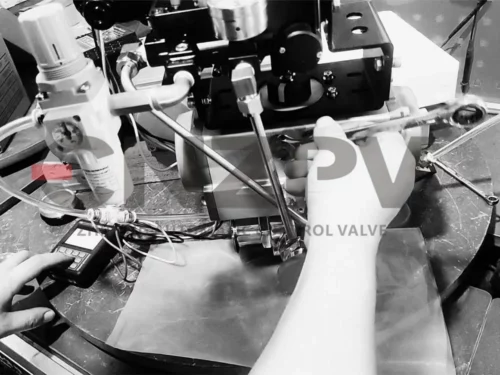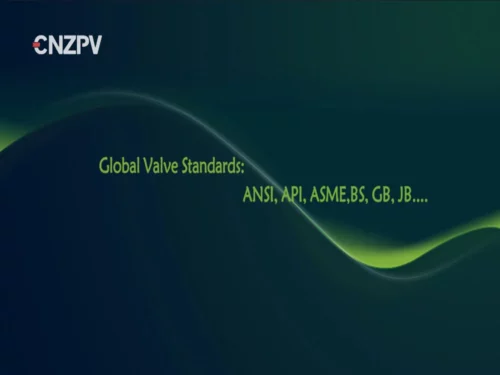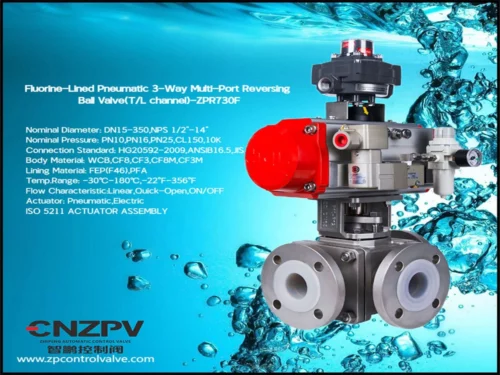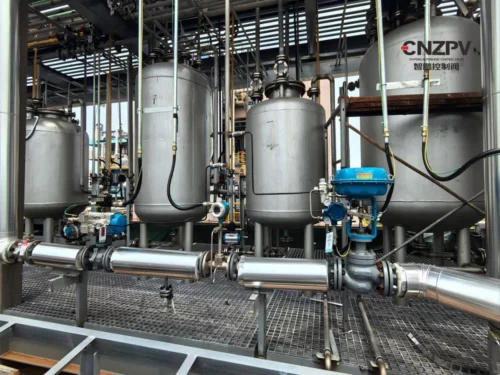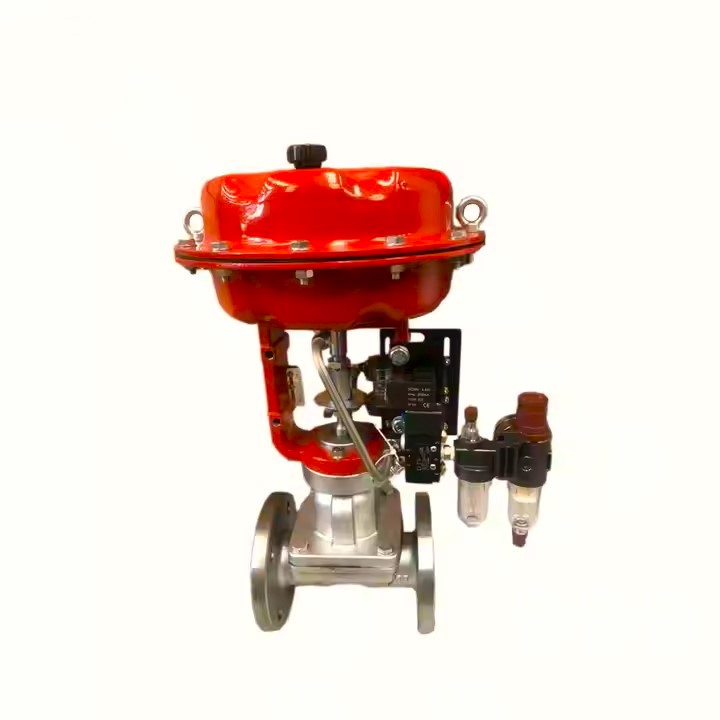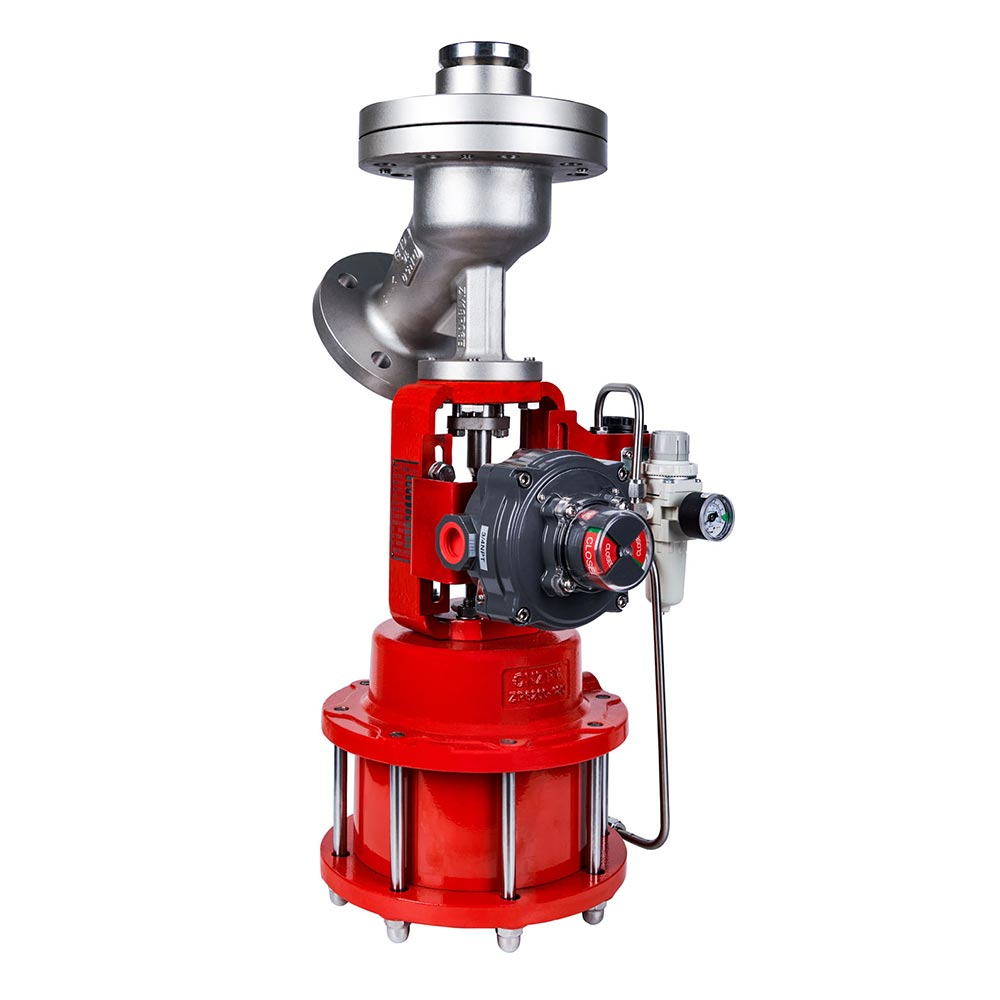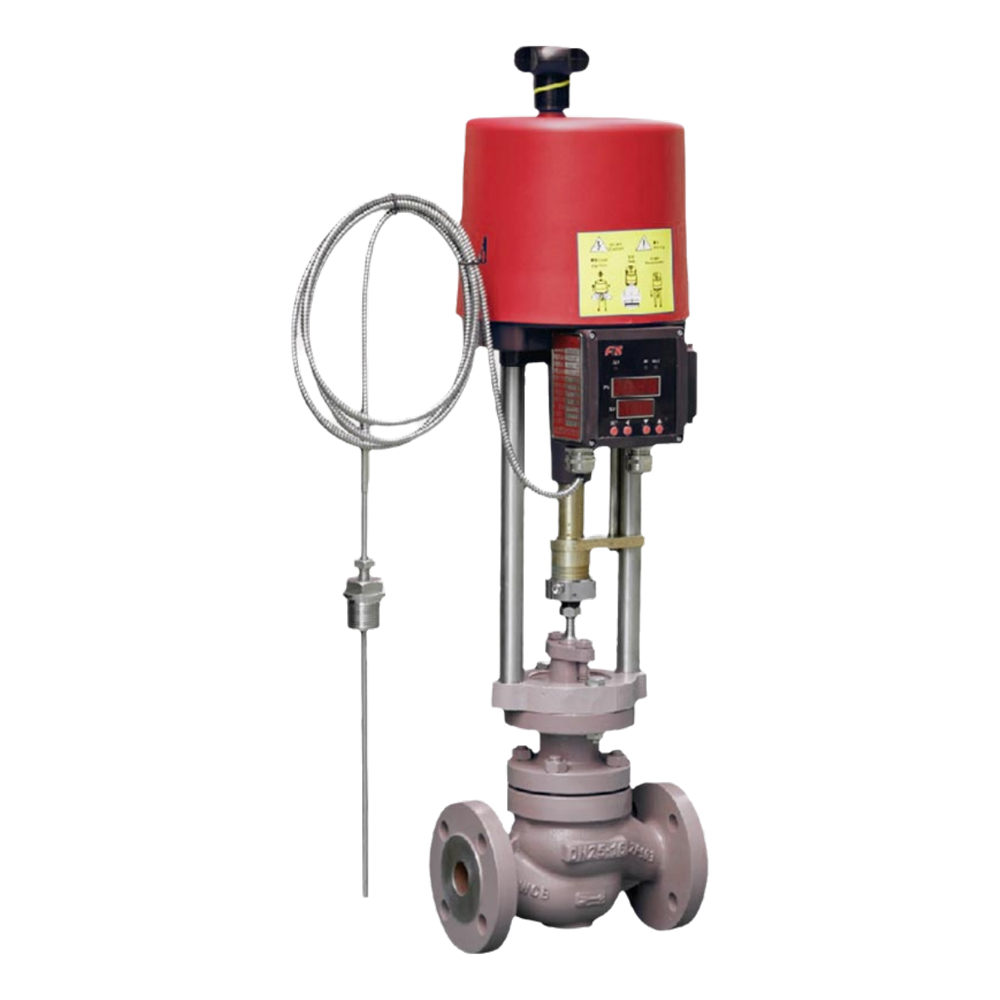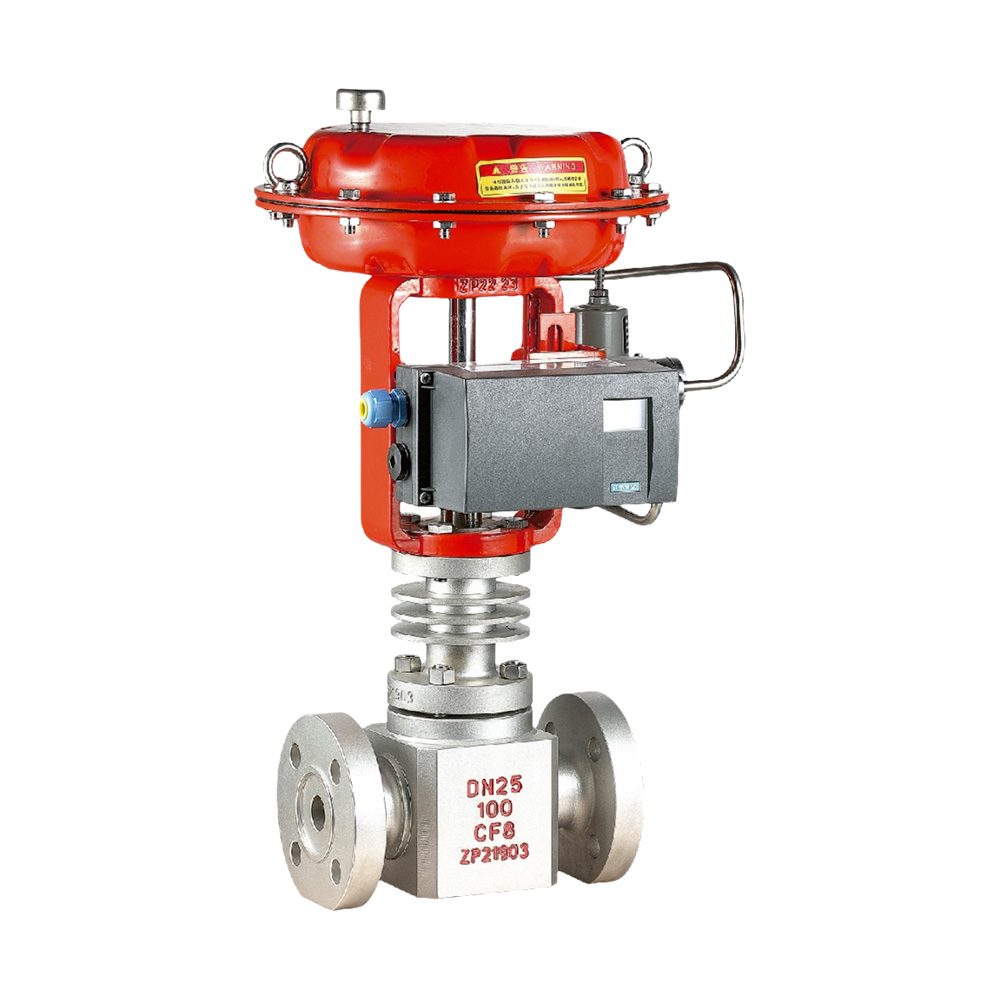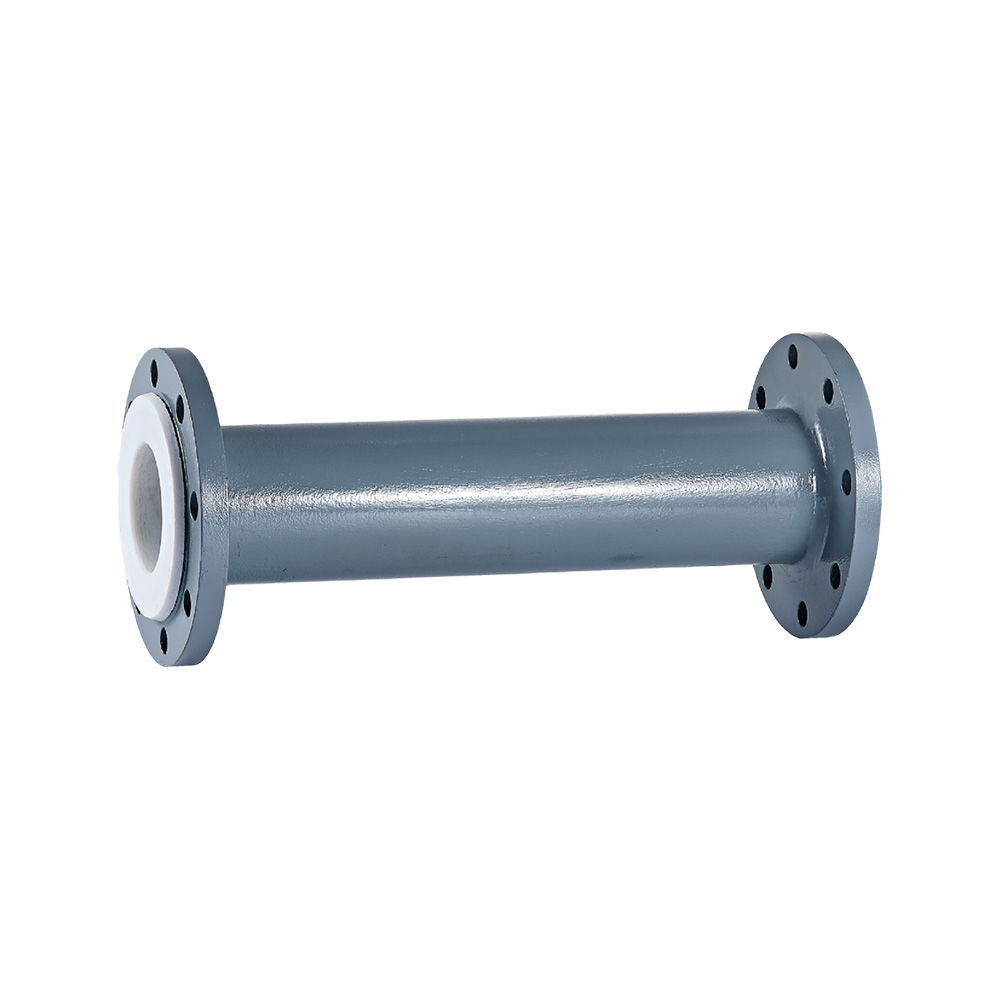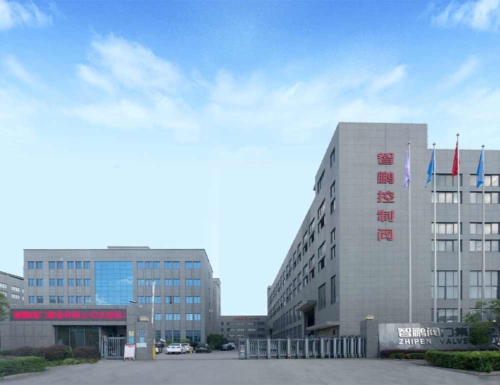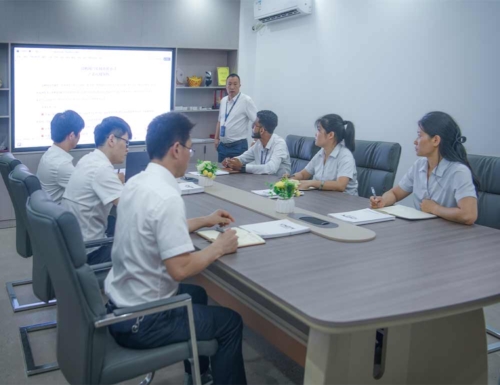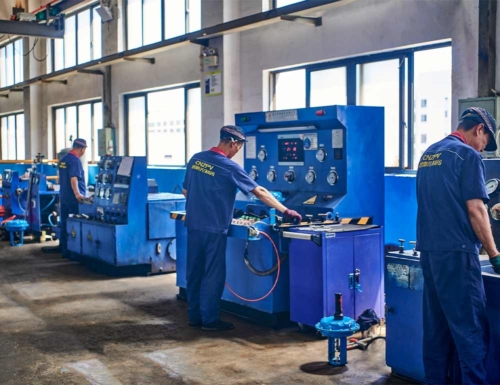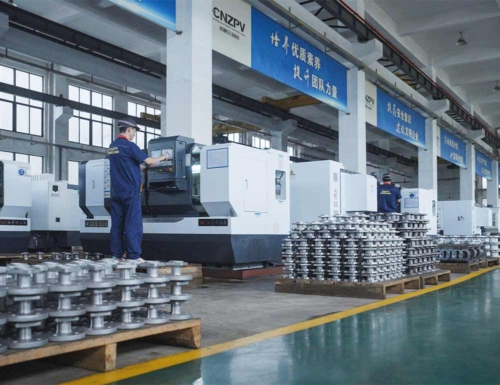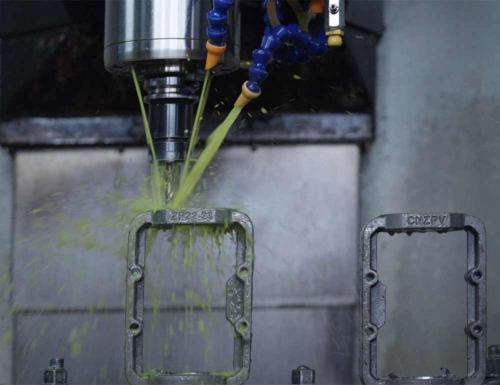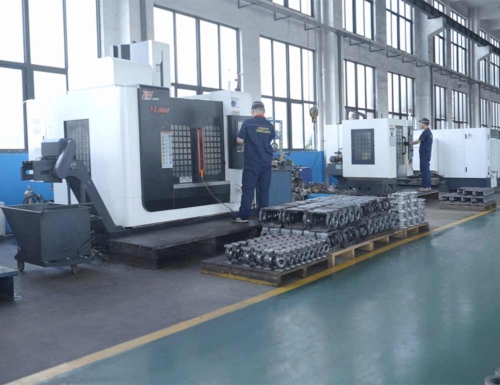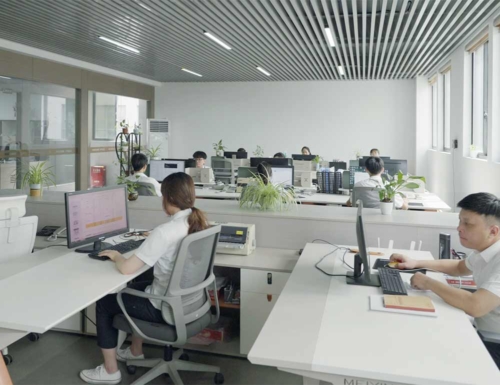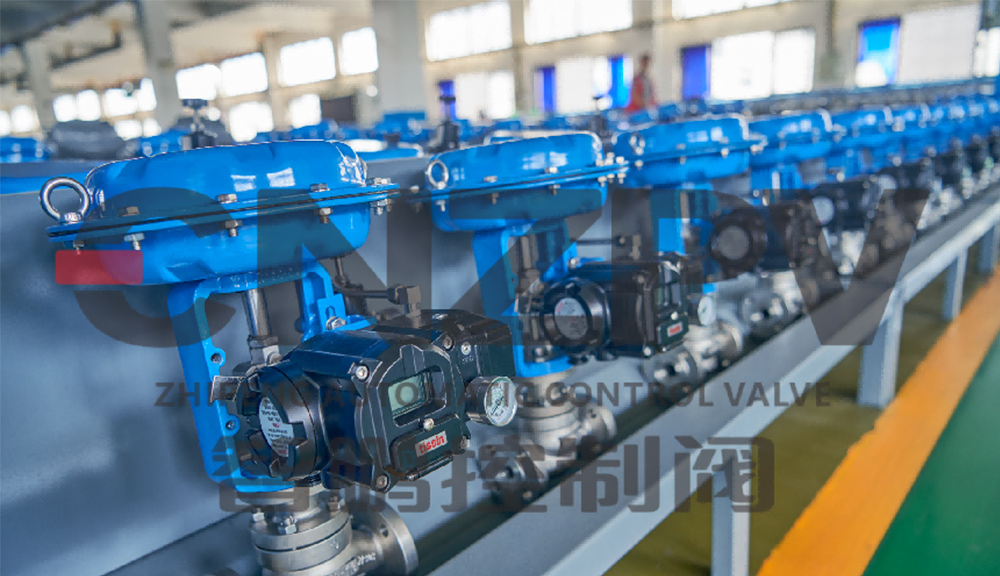
1.Definition and Structural Characteristics of Sleeve
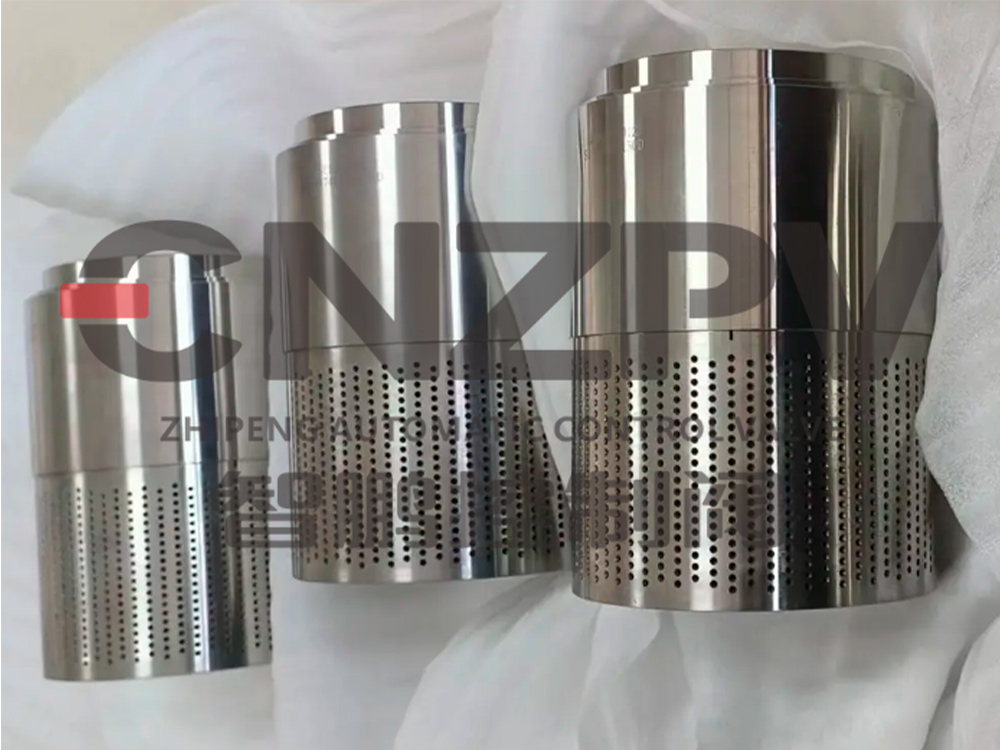
The sleeve is an important component of the control valve. It is usually a cylindrical structure and is installed inside the valve body of the control valve. There are holes or openings of various shapes on the wall of the sleeve, and the design and distribution of these holes have a crucial impact on the flow characteristics of the fluid.
For example, in some high – precision flow control applications, the holes on the sleeve may be distributed according to specific functional curves (such as logarithmic curves, equal – percentage curves, etc.). This distribution mode enables the valve to achieve precise flow regulation at different opening degrees.
Functions of the Sleeve
Flow control:When the fluid passes through the valve, it flows through the holes on the sleeve. By adjusting the relative position between the valve core and the sleeve, the effective area through which the fluid passes can be changed, thus controlling the flow. For example, in the chemical production process, for the precise feed control of liquid raw materials, the sleeve is required to achieve the regulation of different flow rates.
Improve fluid characteristics:The sleeve can optimize the flow state of the fluid. It can make the fluid more evenly distributed when passing through the valve, reducing the generation of turbulence and vortices. This helps to reduce the energy loss of the fluid, improve the efficiency of the valve, and to some extent reduce the wear and noise of the valve.
2.Definition and Structural Characteristics of Cage
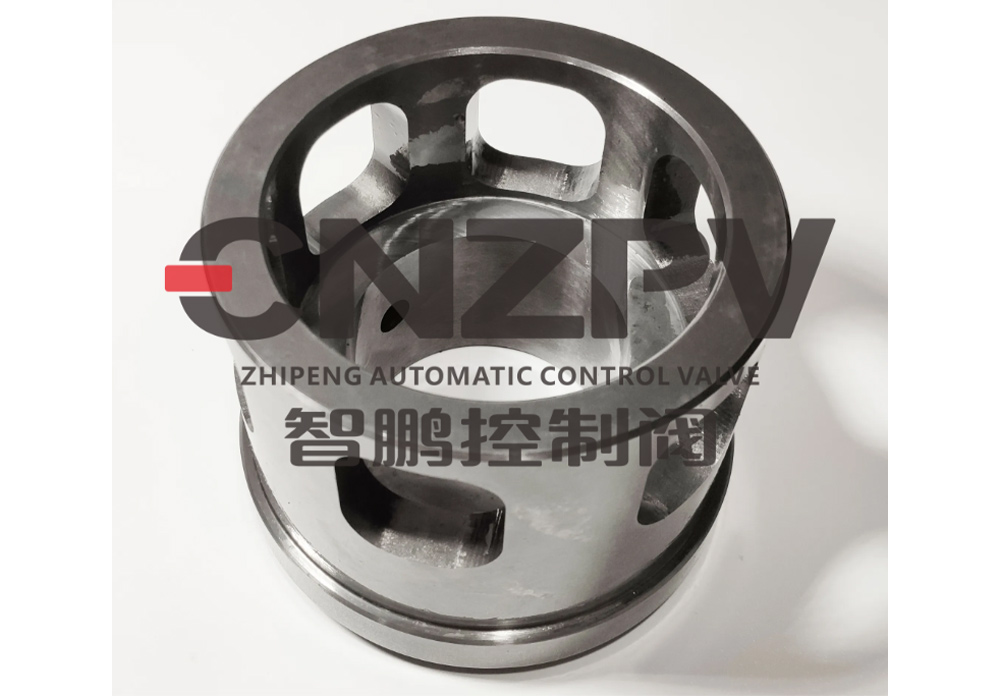
The cage structure is also relatively common in control valves. The cage can be regarded as a special sleeve structure. It usually has multiple guide bars or ribs. These guide bars not only support the valve core but also guide the flow direction of the fluid.
The shape of the cage is generally cylindrical, and its internal structure varies according to different valve designs and application requirements. For example, in some applications with high – pressure differences, the structure of the cage will be more robust, and the guide bars will be thicker to withstand the greater fluid impact force.
Functions of the Cage
Valve core guidance:The cage provides precise guidance for the valve core, ensuring that the valve core can move vertically up and down or rotate within the valve body. This is crucial for the precise control of the valve. If the valve core is offset during the movement process, the flow characteristics of the valve will change, affecting the control accuracy.
Pressure balancing:In the case of high – pressure differences, the cage can help balance the pressures at the upper and lower ends of the valve core. Through reasonable structural design, the pressure distribution of the fluid around the valve core is more uniform, reducing the unbalanced force on the valve core. This can reduce the thrust requirements of the actuator, make the valve easier to operate, and improve the stability and reliability of the valve in a high – pressure – difference environment.
Protect valve core and seat:The cage can protect the valve core and seat from the erosion and wear of impurities in the fluid to a certain extent. Because when the fluid passes through the cage, its flow direction and speed will be changed, and some larger impurity particles may be blocked or their paths may be changed, reducing their direct impact on the valve core and seat.
CNZPV can provide customized service for special request of control valves.
www.zpcontrolvalve.com
Whatsapp:+86-158 5802 8828

